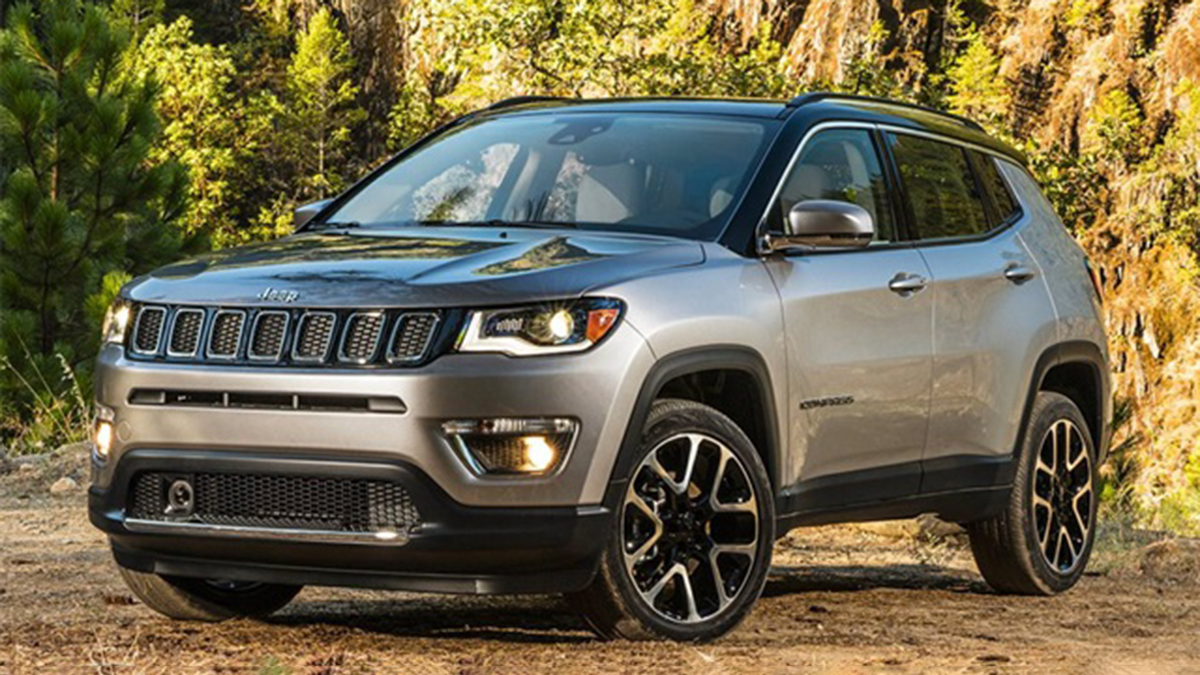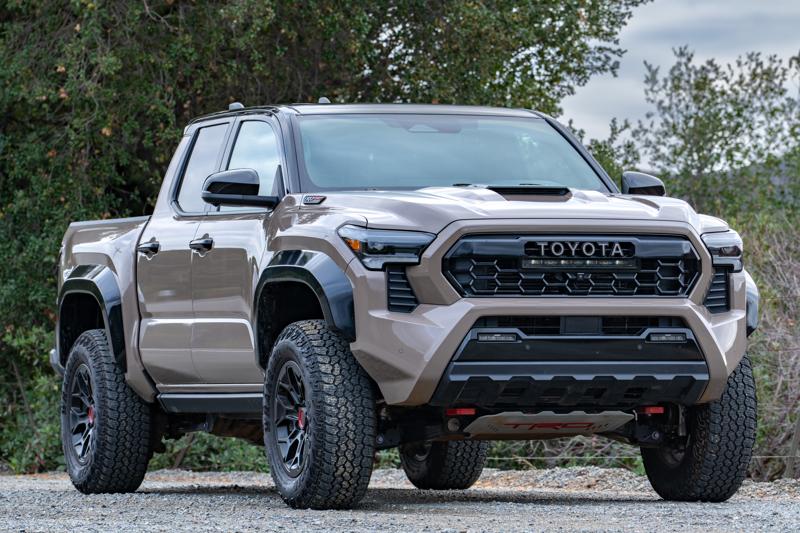
Buying a Car With Cash: Everything You Need To Know in 2026
Find out the pros and cons of buying a car with cash, how to research a price, negotiate and see what to avoid before you buy a car in cash.

Find out the pros and cons of buying a car with cash, how to research a price, negotiate and see what to avoid before you buy a car in cash.

At the end of your vehicle lease, crunch some numbers and decide whether a buyback makes good financial sense.

Compare all Porsche Boxster generations, key specs, common issues, and buying tips to find the best used Boxster for your budget and driving style.

Discover the best used Jeep Compass years, key model updates, generations, and what to know about features, reliability, and the upcoming 2026 redesign.

A used Nissan Leaf offers a way to get into a reliable yet inexpensive EV with decent range.

Thinking about buying a hybrid vehicle? Learn if now is the right time with this guide to hybrid tech, fuel efficiency, costs, pros and cons, and how they compare to gas cars and EVs.

Unlock essential insights before buying a used Toyota Tacoma. From reliability to pricing tips, arm yourself with the knowledge for a smart purchase.

Used Subaru Crosstrek Quick Facts A taller take on the Impreza hatchback, Subaru launched the 5-passenger Crosstrek for the 2013 model year. It wasn’t (and still isn’t) a hardcore off-roading machine; however, it holds its own in foul weather and less-rigorous adventures when the pavement ends. Often compared to the Outback, the Crosstrek is every…

Find out the best years to buy a used Honda Accord. Check out our comprehensive guide and discover everything from model variations to recalls.

Should you buy your next used car from a private seller or a dealer? We outline the pros and cons of both options.